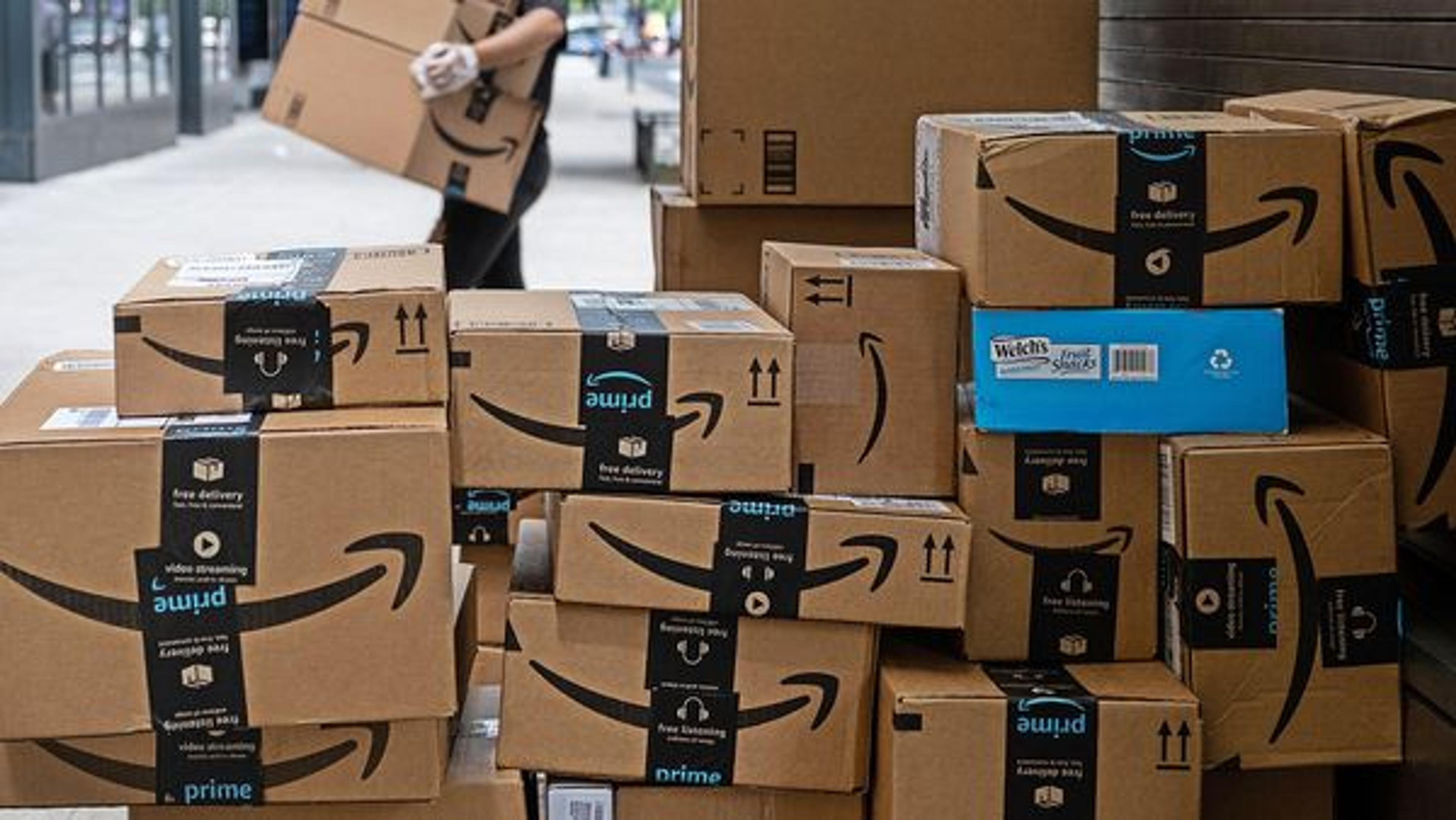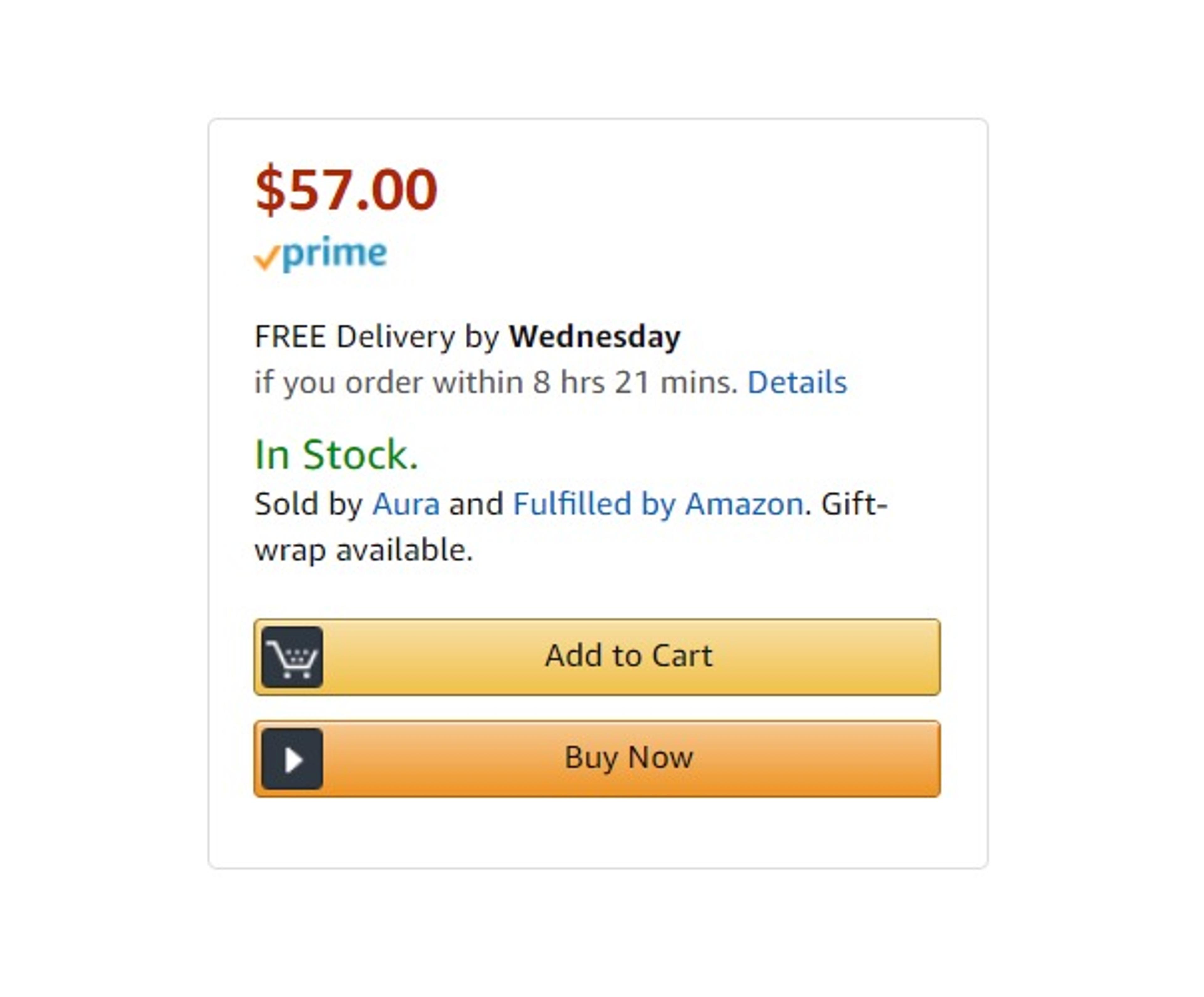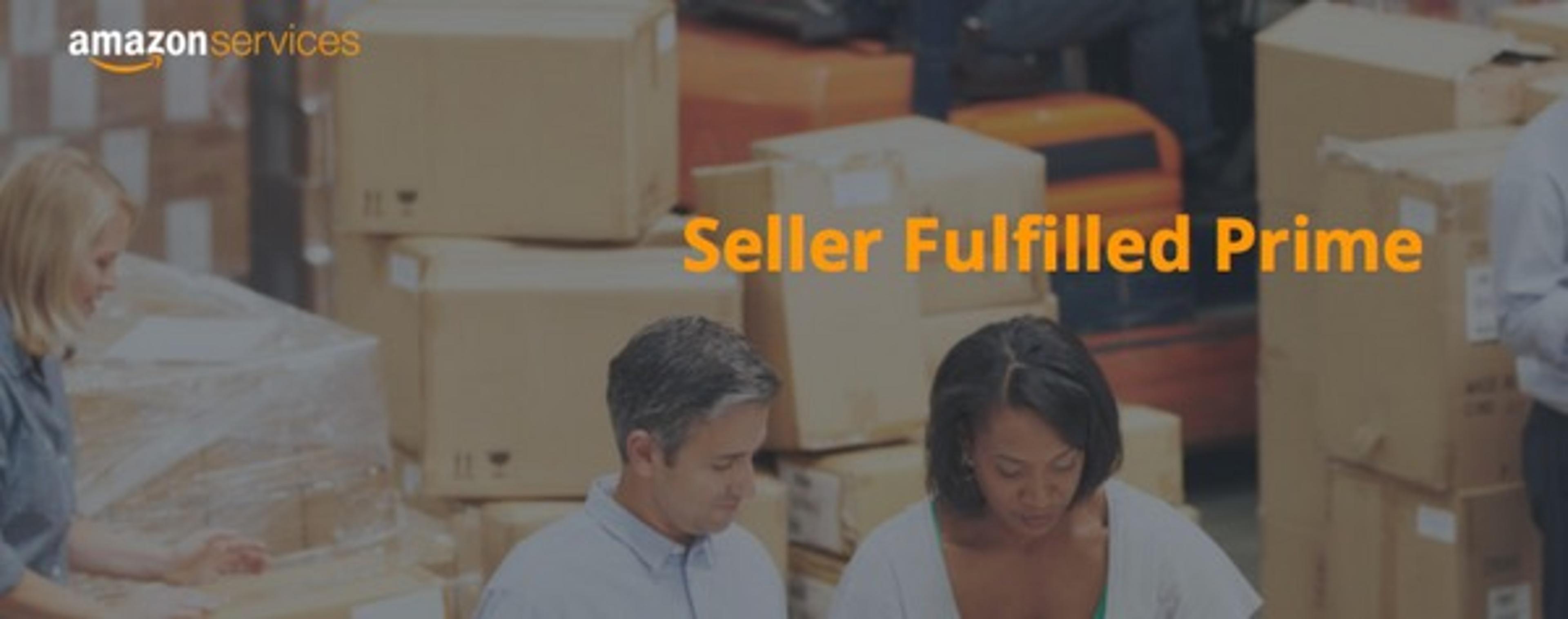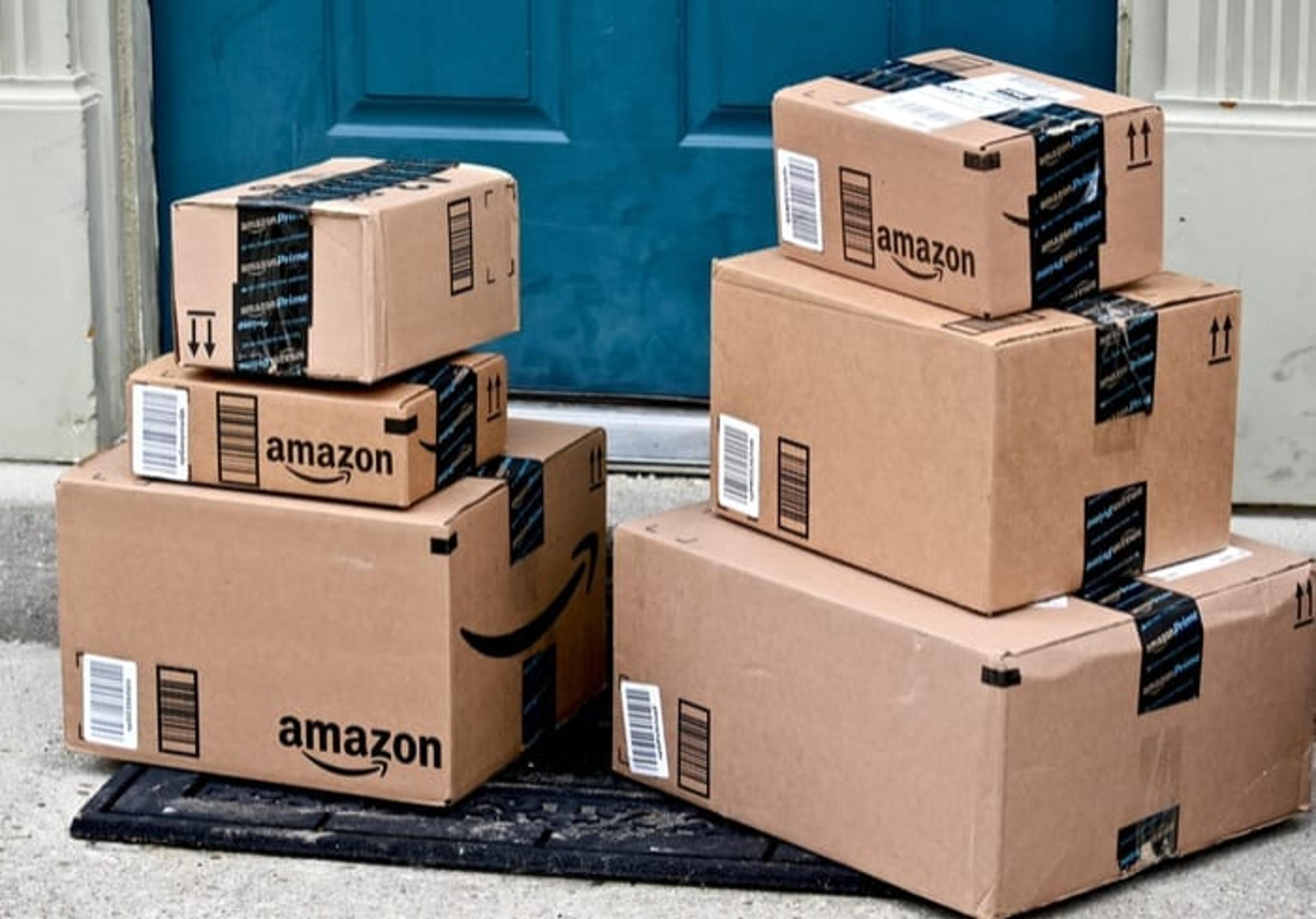/Amazon FBA vs. FBM: Which One for My Business?

Amazon FBA vs. FBM: Which One for My Business?
One of the earliest decisions you have to make when selling on Amazon is deciding just how your products are going to reach your customers.
While several means of this exist, including dropshipping and Seller Fulfilled Prime, there are two major fulfillment methods all Amazon sellers know. These take the form of FBA vs FBM; Fulfillment by Amazon and Fulfilled by Merchant.
Essentially, Fulfillment by Amazon outsources most logistics of the fulfillment process to Amazon themselves, at the expense of additional fees.
Fulfilled by Merchant (commonly referred to as Merchant Fulfilled Network, or MFN), leaves sellers with the responsibility of fulfilling and shipping their orders, but allows for greater control and flexibility.
Read on to learn about the specifics of each, and which fulfillment method is the right choice for your Amazon business.
What is Fulfillment by Amazon (FBA)?
Fulfillment by Amazon, in a nutshell, is effectively what the name implies; Amazon will fulfill your orders for you and will handle the logistics of delivering your products to customers.
Fulfillment by Amazon is attractive to those starting out at e-commerce, as it neatly bundles much of the overhead costs and labor into fees after the product is already sold.
There are numerous attractive benefits associated with Amazon FBA, including the ability to offer Prime shipping, be among the most competitive offers on Amazon, enjoy a hands-off fulfillment experience, and prioritize growth over fulfillment operations.
What is Fulfilled by Merchant (FBM)?
Amazon's Fulfilled by Merchant program, also commonly known as MFN or Merchant Fulfilled Network, leaves the shipping and fulfillment process up to the seller.
While Amazon is much more hands-off with this method, sellers are in turn granted greater control over their processes, and are able to recoup the additional fees that Amazon charges for items sold under Amazon FBA vs FBM.
Amazon's FBM program can be particularly attractive to sellers with existing logistical expertise and lean operational expenses, as these sellers can significantly boost their margins. Greater control also extends to the customer experience, as inbound support will go to you directly, instead of Amazon's triage.
For merchants with preexisting successful operations, Amazon FBM will likely make the most sense.

Amazon FBA vs. FBM: How They Stack Up (Pros and Cons)
Pros of Amazon FBA:
Hands-off Fulfillment Process
The primary difference between fulfillment via Amazon versus merchant is also FBA's biggest benefit, providing a total hands-off fulfillment and shipping process. As an Amazon FBA seller, you will be responsible for sourcing and procuring inventory, prepping your items for Amazon, and sending them out to Amazon; that is it!
As a result, Amazon FBA sellers are provided the greater capacity to focus on scaling their Amazon business and other duties, with fulfillment and shipping fully handled.
Buy Box Competitiveness
Each item offered by sellers that are fulfilled by Amazon is automatically more competitive for placement in the Amazon Buy Box. This is especially important considering the Buy Box accounts for roughly 82% of sales on any given listing.
With Fulfillment by Amazon comes automatic eligibility for Prime shipping, which is a benefit on its own. Due to the Buy Box's tendency to favor the quickest shipping times (second only to offering the lowest price), FBA items with standard Prime shipping will carry a much greater edge when competing for the Amazon Buy Box.

Prime Shipping Eligibility
As mentioned above, FBA offers are automatically offered with Prime shipping as standard. When offering Prime shipping, your listing offer will include the coveted blue Prime badge, as well as the quickest of available delivery times. Amazon's Prime shipping now offers 1-day delivery, free and standard, for Prime members.
In addition to increased odds of winning the Buy Box, the availability of Prime shipping will make your offer more appealing, especially to Amazon Prime members.
Amazon Handles Customer Service
On top of handling all fulfillment and shipping responsibilities, utilizing Fulfillment by Amazon will also add customer service to tasks handled by Amazon.
Customer service is a significant overhead cost in terms of time and money for online retailers. Having this fully outsourced around the clock will provide even greater freedom with running your Amazon business more efficiently and effectively.
Amazon Handles Returns
Yet another perk of selling as FBA includes the handling of all returned inventory by Amazon. Managing customer returns (on top of customer service preceding most returns) also requires a large capacity, both in terms of human capital and physical warehouse space.
Having this task outsourced to Amazon will offer automatic reconciliation of returned units, with undamaged or unopened inventory being automatically added back to your arsenal. If certain items are prone to be returned, FBA can provide yet another hands-0ff experience.
Cons of Amazon FBA:
Additional FBA Fees
You may be wondering what the catch is to scraping so many of the logistical challenges off of your plate. Amazon doesn't do this for free after all, which leads us to the primary drawback of utilizing Fulfillment by Amazon. Amazon funds this program by its FBA fees, which are deducted from your Amazon Seller account balance before funds are disbursed to your bank account.
Amazon has a variety of FBA-related fees, including Professional Account fees ($39.99/month), referral fees, fulfillment fees, and long-term storage fees (described below).
You can view our complete schedule of Amazon FBA Referral Fees here.
Inventory Storage Fees
A major part of Fulfillment by Amazon is the ability for Amazon to ship your items so fast utilizing Prime shipping. This is only possible if your inventory is stored close enough for Amazon to access it on the fly, and have it loaded and shipped that same day, in most cases. As a result, when selling as FBA, Amazon will store your inventory for you, in their warehouses and fulfillment centers.
Similar to the actual cost of fulfillment, Amazon doesn't do this for free either. Amazon will charge long-term storage fees for inventory held at a fulfillment center, depending on the physical volume and duration for which it has been there. You can learn more about Amazon's FBA Storage Fees here.

Less Inventory Control and Visibility
A complexity added by selling as FBA is the added pitstops for your inventory, specifically to Amazon's warehouses before it can be sold and shipped to customers. This additional stop adds lead-time and uncertainty to the status of your products and can complicate properly timing re-orders or replenishments.
Strict Requirements for Inventory Preparation
Although you, as the seller, are not responsible for packing and shipping your inventory under FBA to customers, you will still need to prepare it for shipment to Amazon directly. In order to do this, Amazon has rather rigid guidelines and requirements for preparing your inventory properly, to be received by them.
Pros of Amazon FBM:
Greater Inventory Control
By maintaining full control over your inventory and warehousing, you are able to streamline your business with greater ease. In addition, once inventory reaches Amazon, there is much less visibility into its status until a customer actually receives it.
Maintaining full control of your inventory with Amazon FBM means you decrease the risk of potentially running out of stock, or mistiming an important replenishment.
No FBA Referral or Storage Fees
When selling as FBA, one of the biggest shortcomings is the significant increase in fees. Amazon will charge both a referral fee and a fulfillment fee when handling an FBA order. In addition, Amazon will charge storage fees for your inventory, depending on the volume and duration of your inventory's time in their warehouses.
Although you will ultimately be responsible for the costs associated with shipping and storage, you will maintain greater control over your expenses. FBA fees are known to increase annually, as well as in the busier holiday shopping seasons. At scale, Amazon's fee structures may make certain products less or even unprofitable.
Greater Control over Returns
Despite the benefits of outsourcing fulfillment to Amazon with FBA, this has also shown to be a common point of failure for many sellers. A friction point for sellers using FBA is the possibility of human error on Amazon's end, which often results in a return or refund being initiated by the customer.
Damaged inventory, lost goods, and delays while in the FBA process are treated as the seller's fault, and their account may face consequences as a result. By maintaining control of the fulfillment process, you are eliminating Amazon as a potential point of failure between you and your customers.
Opportunity for Seller Fulfilled Prime
While a drawback of selling as a merchant fulfilled offer is being less competitive for the Amazon Buy Box, there is a remedy for this. There exists a middle ground between Fulfillment by Amazon and fulfillment by merchant called Seller Fulfilled Prime.
With Seller Fulfilled Prime (or SFP), merchant fulfilled sellers can offer Prime shipping on their products, which in turn makes them much more competitive for the Buy Box. Seller Fulfilled Prime can appeal to sellers who wish to maintain greater control over their business and operations while still being as competitive for the Buy Box as FBA offers, with the help of Prime shipping.

Cons of Amazon FBM:
Greater Responsibilities
As the name implies, Amazon's FBM program means you, the seller, are responsible for the fulfillment and shipping of orders to customers. Because of Amazon's heavy emphasis on customer satisfaction, mistakes made in the shipping or fulfillment process will be on you, the seller. Depending on the type of mistake or infraction, Amazon may begin to impose penalties on your Amazon Seller Account, including the threat of suspension or deactivation of listings.
These responsibilities don't stop when the workweek stops, either. FBM sellers must be ready to hit Amazon's performance targets consistently, seven days a week. This can be daunting for sellers with smaller operations and/or large sales volumes, and especially both. Weekends and holidays included, FBM sellers require discipline and consistency, with any potential blame jumping straight to you.
Additional Overhead Costs
As included in the name, FBM sellers must fulfill all orders themselves, without the help of Amazon FBA. While FBA orders have their costs of shipping and fulfillment included in fees, FBM shipping costs will need to be covered separately, by the seller. Effectively, you will be solely responsible for warehousing and fulfillment, and all associated costs.
In addition, especially at scale, a significant amount of manual labor is involved, as well as time. A small team of humans can only process so many orders without needing to either outsource to a third-party logistics company or hiring internal employees.
Competitive Disadvantage From FBA Sellers
When it comes to actually competing for listing performance, FBM sellers are inherently at a bit of a disadvantage compared to sellers utilizing FBA. This is primarily due to the availability of Prime shipping on items fulfilled by Amazon, which in turn makes those offers more attractive to Prime members, as well as the Amazon Buy Box.
With all else held equal, Amazon will favor an FBA offer over one fulfilled by merchant due to shipping times, which is a large factor in determining who wins the Buy Box.
You Handle Returns
Handling returns can be considered both a pro and a con, but we included it here as both. While FBM does allow you greater control over handling returned inventory, you as the merchant still need to receive account for it, and store it. This will mean managing inventory levels while accounting for returns, as well as dedicating space to returned inventory, as it won't go to Amazon's warehouses.
Which Amazon Fulfillment Method Should Sellers Use?
Amazon FBA is right for you if...
- You maintain high sales velocities
- You are newer or have less operational infrastructure
- You lack physical warehouse space
- Your items are smaller, have low weight, or high margin
- You lack the capacity to handle customer service or returns
- You are looking to focus more on growth and product sourcing

Amazon FBM is right for you if...
- You have the means and capacity to fulfill and ship all orders
- You have pre-existing efficient operations and shipping logistics
- You have sufficient warehouse space for inventory and returned products
- You'd like to increase margins on FBA fee-prone items
- You have the capacity to handle all customer service and returns
- You have the discipline and consistency to meet Amazon's performance standards

A mix of both?
As referenced earlier in this post, there does exist a middle ground between Fulfillment by Amazon and Fulfilled by Merchant, effectively a hybrid of both. Depending on your business's exact model, goals, and resources, Amazon's SFP program can make a lot of sense.
High-performing Merchant Fulfilled sellers can take great advantage of Amazon's SFP program, and reap numerous benefits, provided they are willing to meet Amazon's strict performance standards.
Conclusion
The great debate of FBA vs. FBM superiority will live on, but it's important to know what types of sellers this applies to. Fulfillment by Amazon may make perfect sense to one type of seller, while MFN may benefit another seller significantly more.
Newer sellers who are trying to focus more on growth may find FBA appealing as a more hands-off option, while experienced sellers with efficient operations and infrastructure may be ready to take on the challenges of FBM. Some merchants also utilize both.
Before deciding which to start with, take a moment and consider what you are attempting to optimize for, and what you already have in place.


